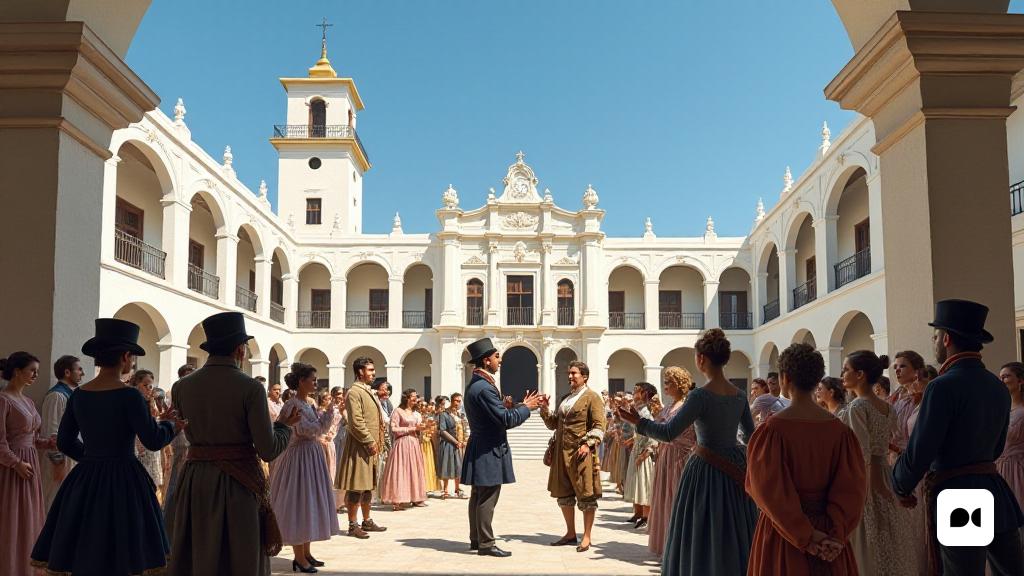A Historical Day: May 25, 1810
On May 25, 1810, a decisive moment in Buenos Aires, marked the beginning of a new chapter in the history of Argentina. In an atmosphere full of aspirations of freedom, a group of political visionaries declared the independence of the Spanish colony of the river of La Plata, thus establishing the foundations for the creation of the United Provinces of the river of La Plata.
A new government: the formation of an independent executive
The first government of this new state was a reflection of the cultural diversity of the region, with a composition that included local and foreign representatives. Cornelio Saavedra, a Galician merchant, became the president, while his collaborators, including prominent figures such as Manuel Belgrano and Juan José Castelli, were all merchants with various roots.
Catalan influence on the new administration
Among the nine members of the Government, two Catalans stood out: Domènec Matheu and Joan Larreu. Matheu, an export merchant, played a key role in the economy of the new state, taking on the portfolio of economics. Larreu, with a remarkable experience in the trade of wines and distillates, was appointed responsible for defense and contributed to establishing the Argentine war navy.
A conflict of power: parties and ideologies
The proclamation of independence not only represented a victory for the Republican party, consisting mainly of merchants, but also triggered a conflict with the Carlotists, who defended a monarchy linked to Spain. This power struggle defined the first years of the new Republic, with tensions that would be evident in the following years.
The inheritance of a revolutionary movement
With the birth of the United Provinces of the river of La Plata, the region began to forge its national identity. The decisions made by their first rulers, including the creation of the naval forces, were central to the stability and future development of Argentina. This moment of history is a reminder of how aspirations for freedom and autonomy set the way for independence.

